- Home
- Articles
- Architectural Portfolio
- Architectral Presentation
- Inspirational Stories
- Architecture News
- Visualization
- BIM Industry
- Facade Design
- Parametric Design
- Career
- Landscape Architecture
- Construction
- Artificial Intelligence
- Sketching
- Design Softwares
- Diagrams
- Writing
- Architectural Tips
- Sustainability
- Courses
- Concept
- Technology
- History & Heritage
- Future of Architecture
- Guides & How-To
- Art & Culture
- Projects
- Interior Design
- Competitions
- Jobs
- Store
- Tools
- More
- Home
- Articles
- Architectural Portfolio
- Architectral Presentation
- Inspirational Stories
- Architecture News
- Visualization
- BIM Industry
- Facade Design
- Parametric Design
- Career
- Landscape Architecture
- Construction
- Artificial Intelligence
- Sketching
- Design Softwares
- Diagrams
- Writing
- Architectural Tips
- Sustainability
- Courses
- Concept
- Technology
- History & Heritage
- Future of Architecture
- Guides & How-To
- Art & Culture
- Projects
- Interior Design
- Competitions
- Jobs
- Store
- Tools
- More
Divine by Design: The World’s First Net Zero Energy Mosque
Net Zero means balance, literally. In architecture, it describes buildings that use only as much energy as they can produce. Over a year, the total energy they take from the grid is equal to the energy they give back through renewable sources like solar or wind.
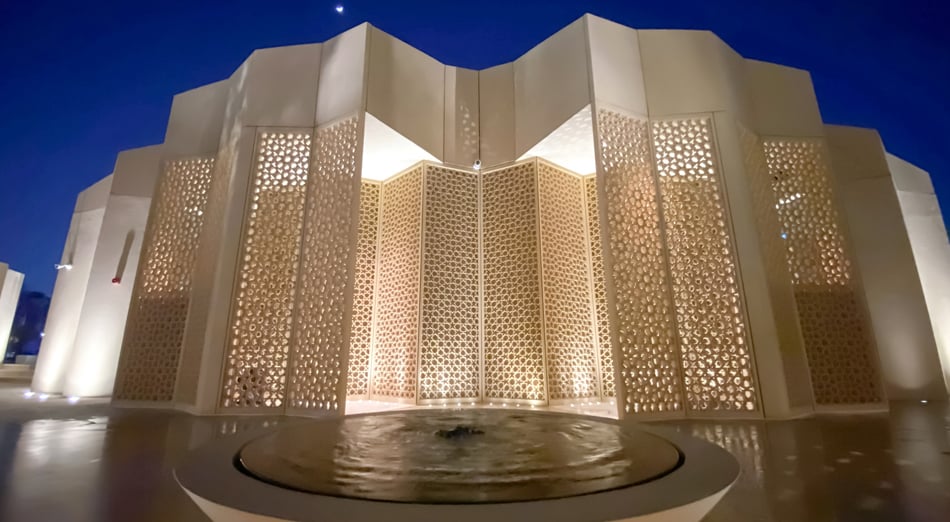
What is Net Zero, is that a concept in architecture?
Net Zero means balance, literally. In architecture, it describes buildings that use only as much energy as they can produce. Over a year, the total energy they take from the grid is equal to the energy they give back through renewable sources like solar or wind. However, Net Zero is more than just using solar panels. It starts with smart design. Architects think about how the sun moves, how air flows, and how to keep heat in during winter and out during summer. They choose materials that waste less energy and design systems that use power more wisely.
A Net Zero building does not harm the planet. It works with nature, not against it. It’s a way of building that helps fight climate change and protect our future. In summary, Net Zero in architecture means creating buildings that live in harmony with the Earth.

One of the best examples of the Net Zero principle is Masdar City in Abu Dhabi, which has created very good examples of sustainable architecture around the world, especially in public spaces.

The mosque project includes developments that will set an example for the world in sustainable construction and architecture, such as passive energy systems, rammed earth and hydrogen-based steel in construction materials. Designed by Arup and developed by Aldar, aims for LEED Zero Carbon certification.

Referring to other earth mosques in the city and local materials, rammed earth walls cool the air and regulate internal temperatures using thermal mass.
The mosque which can host more than 1,300 prayers at once has a design that reduces water consumption in the best conditions for the region’s climate. Passive cooling systems will be used to provide airflow throughout the interior and it is providing sustainable comfort for prayers even at full capacity.

These sustainable cooling systems developed not only for places of prayers but also for ablution facilities and all public circulation areas prevent addiction on mechanical and electronic systems. In addition, the mosque, which will meet all of its annual energy needs from solar panels, aims to make water consumption 55% more efficient with the grey water recycling system.
- carbon neutral worship spaces
- eco-friendly mosque design
- energy efficient religious buildings
- energy management in mosques
- energy-saving mosque technology
- environmentally friendly mosques
- green building mosque
- green mosque construction
- innovative mosque design
- LEED certified mosques
- net zero energy mosque
- passive design mosque
- renewable energy mosques
- solar powered mosque
- sustainable mosque architecture
- sustainable religious architecture
- wind energy mosque design
- zero carbon footprint mosque
Submit your architectural projects
Follow these steps for submission your project. Submission FormLatest Posts
Eco-Friendly Floor Coverings: Smart Choices for a Greener Home
Eco-friendly floor coverings made simple: discover sustainable materials, trusted certifications, and room-by-room...
What are Biodomes?
Biodomes are transforming architecture by blending ecological science with advanced design to...
The Quiet Revolution of Biophilic Design
Biophilic design is reshaping homes, workplaces, and cities—backed by evidence. Learn core...
Sustainable Solutions in Contemporary Architecture: From Passive Design to Clean Energy
Sustainable solutions in contemporary architecture: a practical playbook to hit net-zero, cut...




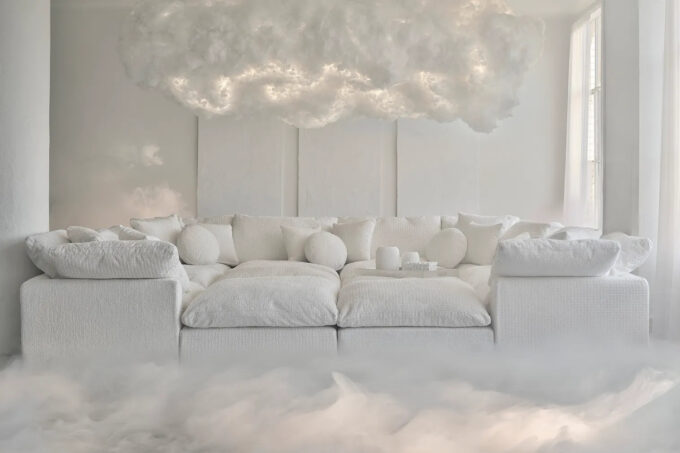

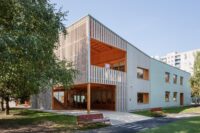



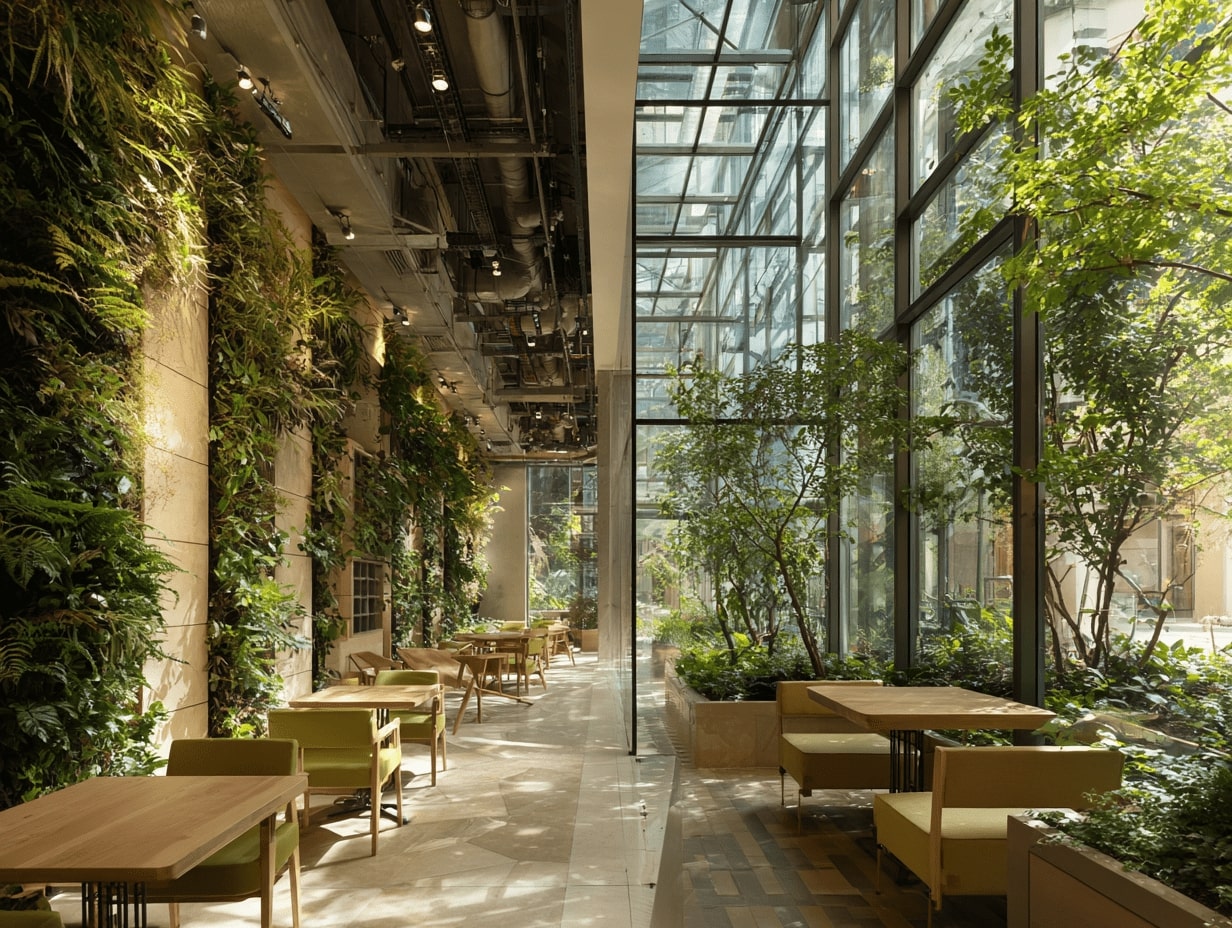
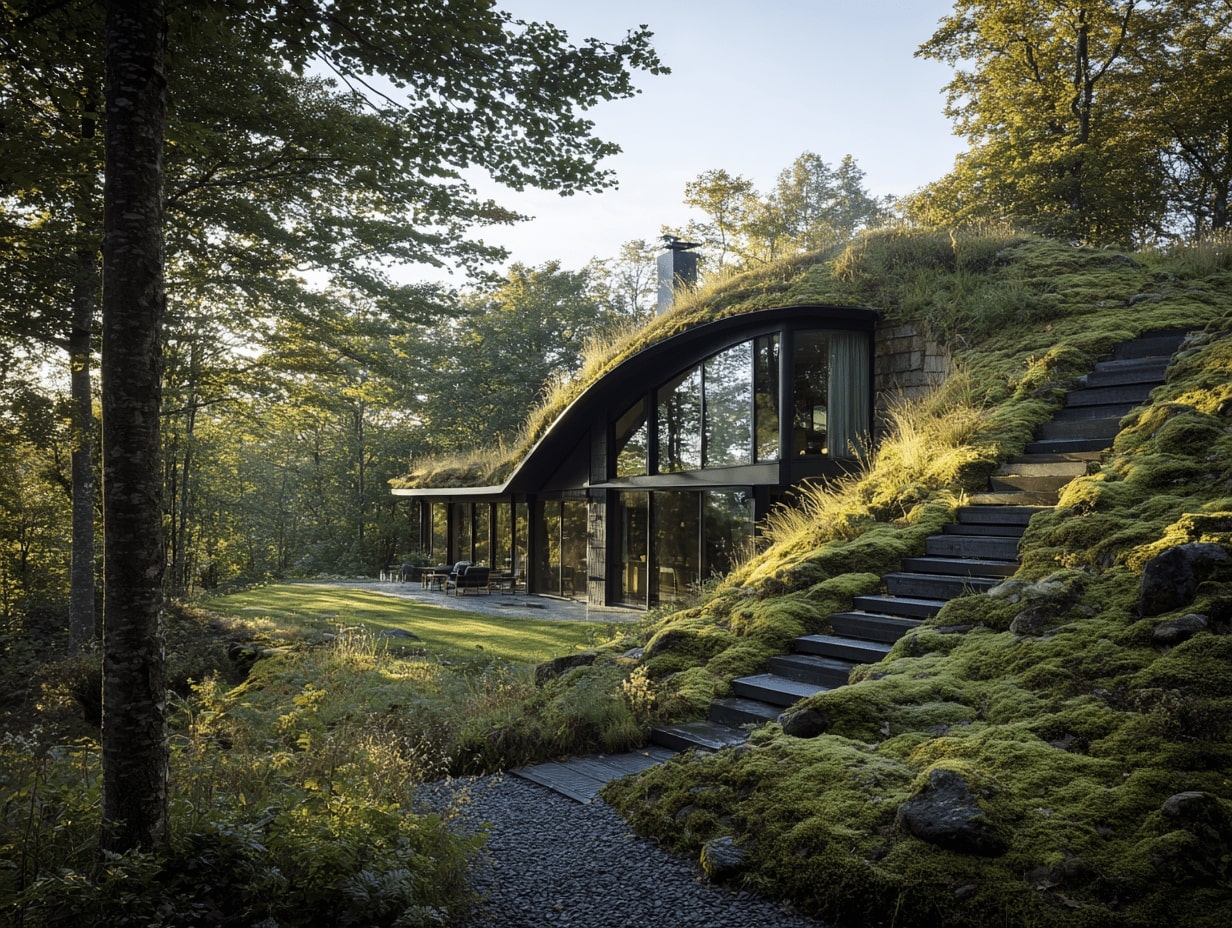
Leave a comment